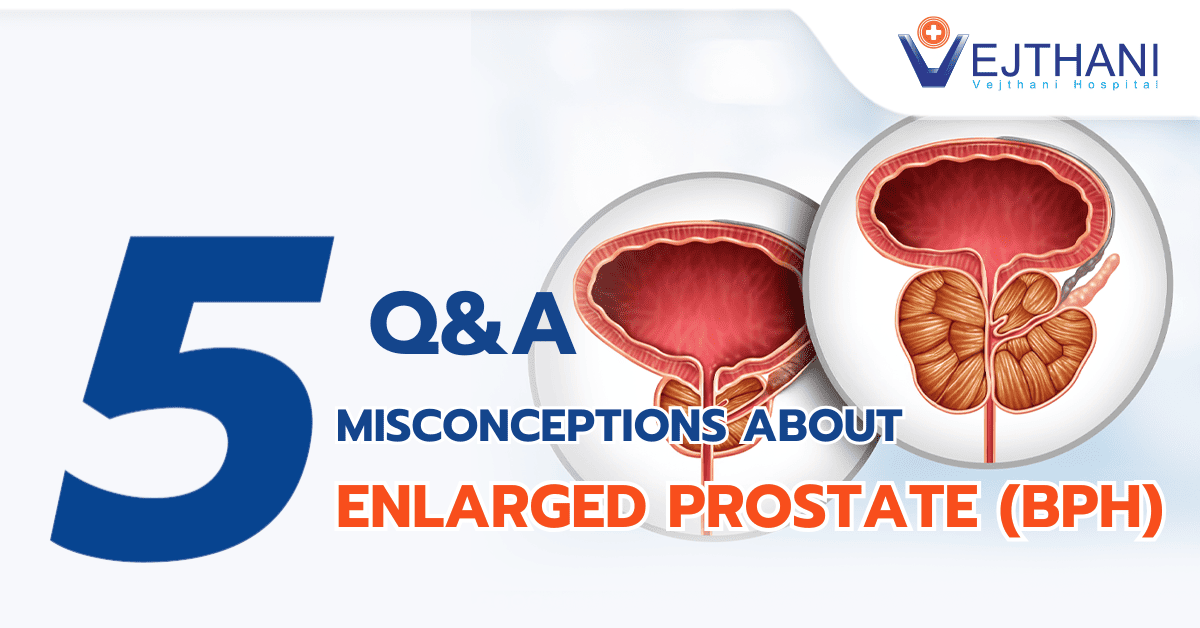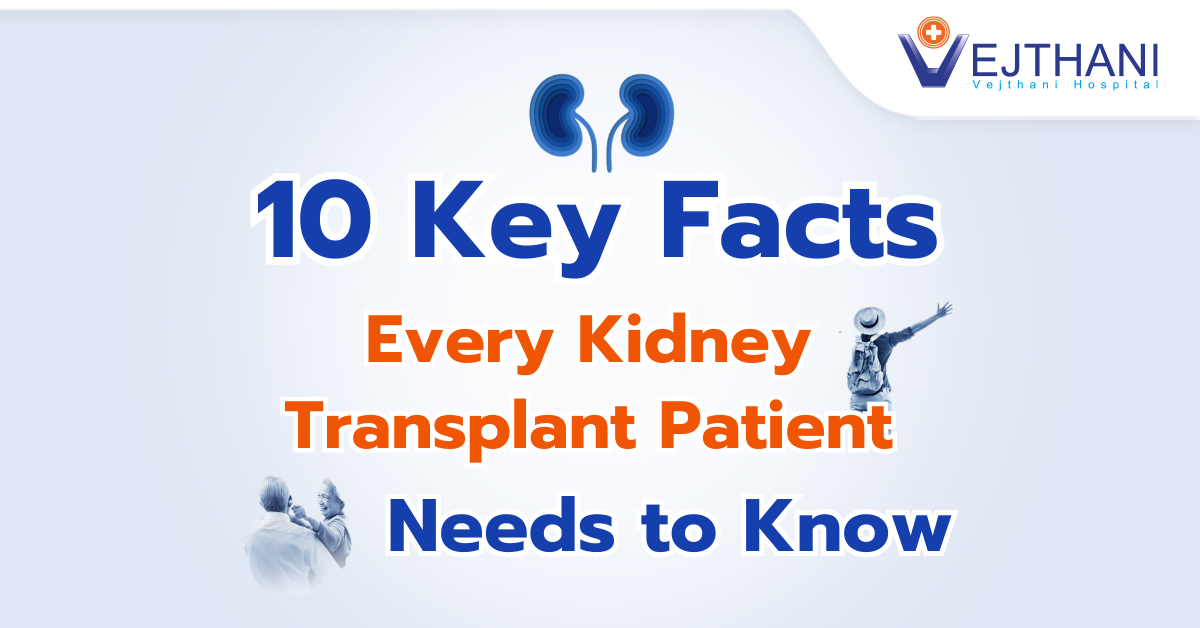
Fertility preservation
Overview
Fertility preservation involves protecting and storing reproductive tissues, to maintain the ability to conceive in the future. This option is often chosen by individuals with cancer or other health conditions, those concerned about age-related fertility decline, and individuals undergoing transgender care. Many people who undergo fertility preservation treatments successfully conceive healthy babies later on.
This option is available to adults and some children of both sexes. It is commonly chosen by individuals whose fertility may be at risk due to medical conditions or treatments (medically indicated preservation) and by those who wish to delay parenthood for personal reasons (elective preservation). Other reasons for postponing parenthood include waiting for the right partner or achieving career stability before starting a family.
Types
There are two main categories of fertility preservation treatments:
- Freezing eggs, embryos, sperm, and tissues for future use.
- Mitigating the effects of cancer treatment on reproductive tissues.
The following type of fertility preservation treatments includes:
- Fertility preservation for women:
- Egg freezing: You undergo hormone treatment to stimulate egg production in your ovaries. Your healthcare provider will extract the eggs, freezes and preserves them.
- Embryo freezing: This also includes taking the eggs out of your ovaries, just like with egg freezing. The sperm from your spouse or donated sperm is fertilized into the eggs by your healthcare provider, producing embryos. It’s known as in vitro fertilization (IVF) procedure. The embryos may be immediately implanted into your body, or they may be frozen and kept for later use (a process known as embryo cryopreservation).
- Ovarian tissue freezing: You might not be able to wait the two to six weeks required for hormone treatment if you’re getting cancer treatment. Alternatively, you may choose to have your ovarian tissue removed and preserved through freezing. Your surgeon re-implants the thawed tissue after your cancer treatment, once you are medically cleared and ready to conceive. Should the tissue resume its function, you might be able to conceive naturally or through in vitro fertilization.
- Ovarian transposition (oophoropexy): Your ovaries may be protected from radiation treatments with this approach. Your ovaries are moved upward, away from the treatment area, and into your abdomen.
- Radiation shielding: Your ovaries can be shielded from radiation treatments with a lead shield. Additionally, your healthcare provider could use precision radiation technologies to lower the radiation dose that reaches your ovaries.
- Fertility preservation for men:
- Radiation shielding: This is comparable to female radiation shielding. A healthcare provider will use more accurate radiation procedures or protect your testicles to reduce radiation exposure.
- Sperm freezing: A sample of your semen is sent to be frozen and stored.
- Testicular tissue freezing: Some men may not have sperm in their semen. Likewise, individuals designated male at birth (DMAB) are unable to produce sperm in their semen before puberty. In these situations, healthcare providers take out a sample of testicular tissue that might contain sperm. Any sperm discovered are taken out and preserved.
- Fertility preservation for children: Childhood cancer and other conditions can impact future fertility. Options for preserving fertility in children include ovarian and testicular tissue freezing. After puberty, they can opt for sperm, egg, and embryo freezing. For younger children, radiation shielding and ovarian transposition may be beneficial.
Reasons for undergoing the procedure
Certain medical conditions and diseases can impact your future ability to conceive. This impact might stem from the disease itself, the medical procedures, or the medications used for treatment. Additionally, because fertility declines with age, individuals who wish to delay having children until their late 30s or 40s may opt for fertility preservation to maintain their ability to conceive.
If you desire to have children and any of the following apply to you, you might want to preserve your fertility:
- Age: Consider saving your eggs or sperm before fertility declines if you’re delaying having children. People frequently put off starting a family because they want to find the ideal spouse, pursue their education, or fulfill a career objective.
- Autoimmune diseases: Infertility issues can arise from conditions like lupus and rheumatoid arthritis, as well as from their treatments.
- Cancer: The effects of cancer treatment on a person’s fertility can include radiation, chemotherapy, and surgery.
- Reproductive health conditions: Having endometriosis and uterine fibroids can complicate getting pregnant.
- Transgender care: Treatment affirming gender can alter a person’s reproductive abilities. One possibility is to preserve eggs, sperm, or embryos before treatment.
Risks
There are some risks associated with fertility preservation procedures:
- Bleeding or infection may result from some methods used by healthcare providers for collecting sperm and eggs.
- The risk of multiple births, early delivery, low birth weight, miscarriage, and ectopic pregnancy may increase with in vitro fertilization.
- Infection, bleeding, and damage to surrounding organs and tissues are possible side effects of laparoscopic surgery. These operations need anesthesia, which carries a risk of medication reaction, nerve damage, and postoperative delirium.
- Elevated estrogen levels may result from ovarian stimulation. This could increase your chance of developing blood clots and cancers that are estrogen-dependent.
- Ovarian hyperstimulation syndrome may be brought on by ovarian stimulation.
- Rotation of the relocated ovaries can be the result of ovarian transposition. Furthermore, ovarian cysts may form. Removal of the ovaries (oophorectomy) is necessary for both disorders.
Procedure
Procedures for preserving fertility differ significantly. It’s useful to know what to anticipate from each procedure as you weigh all of your options.
- Egg and embryo freezing: The initial step in this procedure is ovarian stimulation. For approximately ten days, you will inject hormones into yourself every day.
Egg removal is done while you’re under sedation, which is a mild sort of anesthesia that puts you to sleep. Your healthcare provider may:- Uses ultrasound guidance to insert a needle into your ovary through your vagina.
- The needle is used to extract the eggs.
- Gathers the eggs and either fertilizes them first or freezes them directly.
Although there shouldn’t be any pain or discomfort during the process, some women report experiencing bloating or discomfort in the days before and after the procedure.
- Ovarian tissue freezing: A general anesthesia will be administered to you in order to make you asleep. Your healthcare provider will then proceed to conduct laparoscopy (minimally invasive procedure).
- Makes two to four small abdominal incisions.
- Introduces a small scope to examine your abdomen.
- Collects the tissue using small tools.
- Takes out the instruments and scope and closes the incisions.
- After laparoscopic surgery, you can typically return home two hours later with detailed instructions for aftercare.
- Ovarian transposition: Also a type of laparoscopic procedure. Your ovaries may release eggs in a new position if surgery or radiation treatment does not harm your fallopian tubes, allowing you to conceive naturally. Whether the surgeon can relocate your ovaries without causing damage to the fallopian tubes depends on your condition, the planned radiation field, and your anatomy. In order to conceive, you might need in vitro fertilization (IVF) if you have damage to both of your fallopian tubes.
- Radiation shielding: In an effort to protect your testicles and ovaries from radiation, your healthcare provider will employ the following methods:
- Precise radiation technology: Includes intensity-modulation radiation therapy (IMRT). Radiation therapy is typically quick and painless, but it might have unfavorable side effects like fatigue, diarrhea, and hair loss.
- Shielding device: Lead is used to make shielding devices, which absorb radiation. Testicle shields are circular cups that encircle the testicles, whereas ovary shields are plates-like structures.
- Sperm freezing: In this non-invasive procedure, you ejaculate semen into a cup while masturbating. You turn over the cup to your healthcare provider so they can store and freeze it.
Your healthcare provider can assist utilizing the following if you are unable to produce a specimen because of disease, fear, pain, or cultural or religious beliefs:- Medication: These include a number of medication kinds that can facilitate ejaculation or address issues that hinder it.
- Vibratory stimulation: Ejaculation can be assisted by vibration.
- Electroejaculation: Your healthcare provider inserts a probe into your rectum. A little electrical current from the probe stimulates your prostate, causing you to ejaculate. They administer anesthesia for this technique.
- Testicular tissue freezing: Your healthcare provider will remove tissue from the testicles. Using a scalpel to cut away tissue or a needle to extract a sample are two possible methods for collection.
Outcome
The primary benefit is the possibility of still being able to have a biological child in spite of your situation or condition. Once you’re ready to start the process of becoming pregnant, your fertility specialists will thaw the frozen sample. After that, your healthcare provider will use your thawed eggs or sperm to finish the fertilization process and create embryos. After fertilization or thawing, these embryos are put into your uterus or the uterus of a surrogate who will bear the child on your behalf.
The use of fertility preservation techniques does not ensure conception. The most popular method of preservation and one that has a long history of effectiveness for certain individuals is freezing eggs, sperm, and embryos. The efficacy of other methods is unclear because they are not commonly utilized.
It is evident that there are large variations in success, which are contingent upon a multitude of factors related to both health and treatment. Assessing these factors and learning more about the likelihood of a successful pregnancy can be done with the assistance of your healthcare provider.
- Ovarian tissue transplantation: Although this procedure is not very common, records of more than 130 live births following it exist. The quantity of eggs in your ovaries when they are removed may have an effect on how well ovarian tissue preservation works. Younger tissues do better because this number declines with aging. Two live births have been documented from women who were 9 years old (prepubertal) and 13 years old (pubertal but premenarchal) at the time of ovarian tissue harvest.
- Ovarian transposition: Compared to IVF, ovarian transposition is less common. Radiation therapy can affect ovarian function even in cases where relocation is involved. However, after ovarian translocation, healthcare providers have reported effective egg harvests and pregnancies.
Consult your healthcare provider about other options for preserving your fertility if you’ve already had treatments that may have reduced your fertility. The earliest possible consultation to fertility preservation measures is recommended. The ideal moment is:
- Before the start of cancer treatment.
- Before gender-affirming treatment.
- For women who do not currently intend to have children, on or before the age of 35.
- Immediately following a diagnosis of a condition that could impair fertility.
Contact Information
service@vejthani.com






















